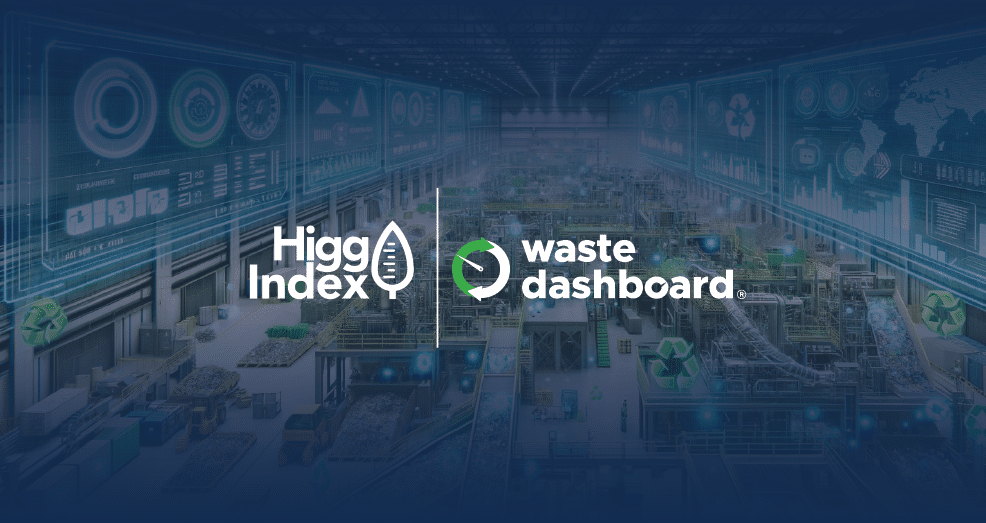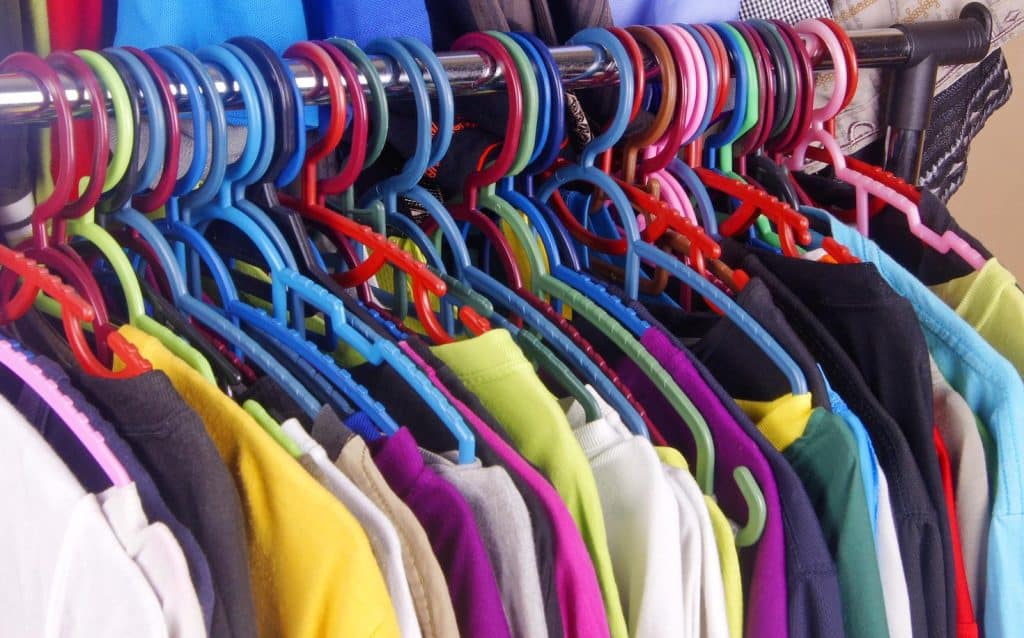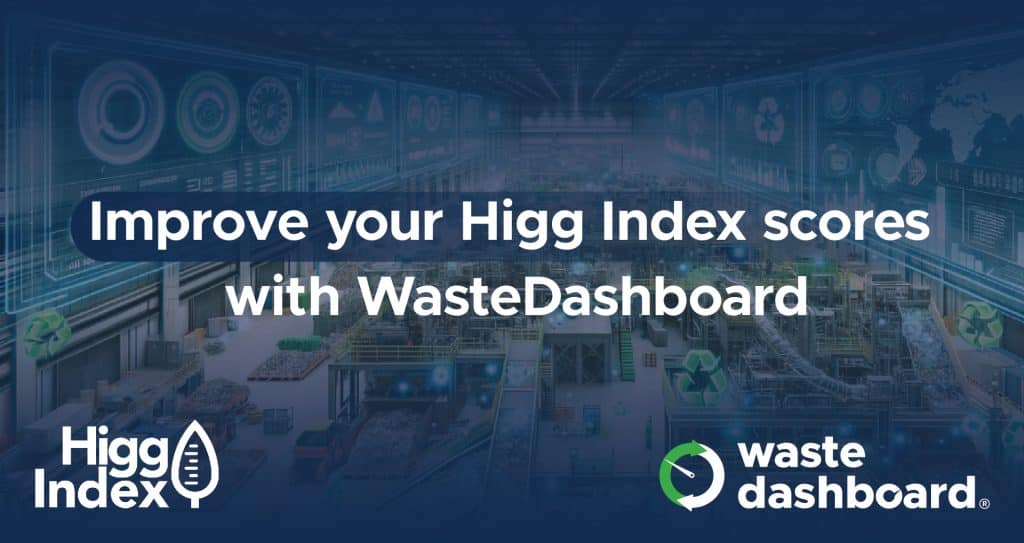Waste & material traceability solution for sustainable facilities

In the rapidly changing textile industry, sustainability and transparency have become crucial benchmarks for success and environmental responsibility. Currently, only 1% of textile waste is recycled annually, highlighting the urgent need for a shift from a linear to a circular economy model. The Higg Index developed by the Sustainable Apparel Coalition, plays a vital role in advancing sustainability in the textile sector. It aims to measure and improve the social impact of textile products and companies.
As the fashion industry navigates through critical regulations such as the European Union’s Ecodesign for Sustainable Products Regulation (ESPR) and Corporate Sustainability Reporting Directive (CSRD), there is urgency in sustainability reporting. Facing a 2025 deadline for CSRD compliance, businesses are compelled to start data reporting by 2024. In this context, the Higg Index is a powerful resource for companies preparing to meet CSRD requirements. It plays a pivotal role in facilitating the integration and reporting of sustainability data across the supply chain.

The Higg Index is a suite of tools that enables brands, retailers, and facilities of all sizes to accurately measure and score a company or product’s sustainability performance across every stage of the textile value chain – from selection to final product disposal. It provides five tools to assess sustainability throughout a product’s entire life cycle, from materials to end-of-life. These tools include:
The Higg Index tools have evolved into comprehensive and effective solutions that lay the groundwork for both individual companies and industries to understand and gradually improve their performance. The tools reduce audit fatigue and enable all users to focus their time and resources on improving management practices. This, in turn helps in shaping their unique sustainability approaches and contributes to the broader goal of transforming the industry.
Although the Higg Index offers benefits its implementation can be difficult due to the nature of global supply chains and the requirement for extensive data. However, it is these challenges that the Higg Index turns into opportunities, encouraging the industry to innovate and transition towards more sustainable and circular practices. In particular, the Facility Environmental Module (FEM) is especially important for promoting enhancements.
The Higg FEM informs manufacturers, brands, and retailers about the environmental performance of their individual facilities, empowering them to scale sustainability improvements. The Higg FEM question structure and benchmarking provides facilities a clear roadmap of their environmental impacts and helps identify and prioritize opportunities for performance improvements.
Global Facilities use the Higg FEM to:

Evreka’s comprehensive solution WasteDashboard is a cutting-edge waste management and traceability solution designed to empower textile companies to significantly improve their Higg FEM scores through efficient, sustainable waste management practices.
The advantages of Evreka WasteDashbord are as follows:
For more detailed insights into how Evreka’s solutions can enhance your sustainability practices in the textile industry, request a demo.